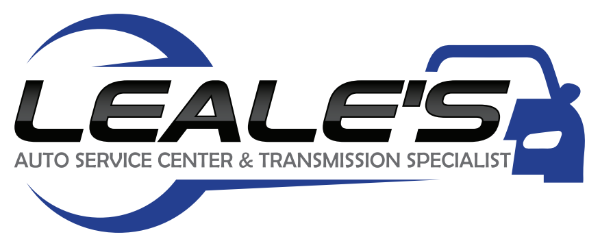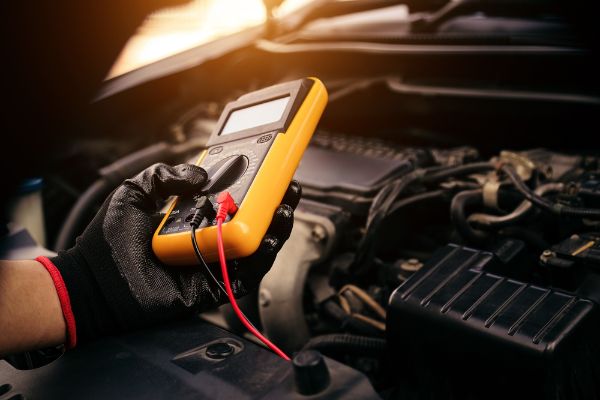Auto electrical issues are some of the most frustrating problems vehicle owners can face. When lights flicker, warning messages appear, or systems stop working without warning, the cause is often hidden deep inside the electrical system. Unlike mechanical problems, electrical faults don’t always make noise or show visible damage, which makes them much harder to identify without the right equipment and training.
Why Auto Electrical Problems Are So Complicated
Modern vehicles rely on complex electrical networks. Dozens of modules, sensors, wiring harnesses, and control units communicate with each other every second. When one small part of that system starts sending bad signals or losing power, it can cause problems in completely different areas. A single damaged wire, weak ground, or failing sensor can trigger symptoms that seem unrelated to the real source of the issue.
That’s why auto electrical issues often feel random. One day everything works, the next day a warning light appears or a feature stops responding. The problem may even come and go, making it even harder to track without proper testing.
Why Visual Inspections Aren’t Enough
With mechanical problems, you can often see leaks, worn parts, or obvious damage. Electrical problems don’t work that way. Wires can look fine on the outside while being broken inside the insulation. Connectors can have corrosion that isn’t visible until they’re tested. Modules can fail internally without showing any physical signs at all.
This is why guessing or replacing parts based on symptoms alone often leads to wasted time and unresolved problems.
The Role of Professional Diagnostic Tools
Professional diagnostic equipment allows technicians to communicate directly with the vehicle’s systems. These tools can:
- Read fault codes and system data
- Monitor live sensor readings
- Test circuits, voltages, and signal patterns
- Identify communication failures between modules
This kind of testing makes it possible to pinpoint the real cause instead of just chasing symptoms. Without these tools, many auto electrical issues simply can’t be diagnosed accurately.
Why Electrical Problems Get Worse If Ignored
Small electrical faults rarely stay small. A minor voltage issue can lead to module failures, repeated warning lights, system shutdowns, or complete no-start conditions. Electrical problems can also affect safety systems, lighting, and engine management, which makes early diagnosis especially important.
Catching these issues early helps prevent larger system failures and keeps the vehicle reliable.
Trust the Right Equipment and Experience
Electrical systems require both advanced tools and experienced technicians who know how to interpret the data. Proper diagnostics ensure the real problem is found the first time, instead of relying on trial-and-error repairs.
If you’re dealing with auto electrical issues, let Leale's perform a full diagnostic inspection. Visit Leale's Auto Repair and Transmission or stop by our shop in San Jose to get accurate answers and get your vehicle back to working the way it should.

